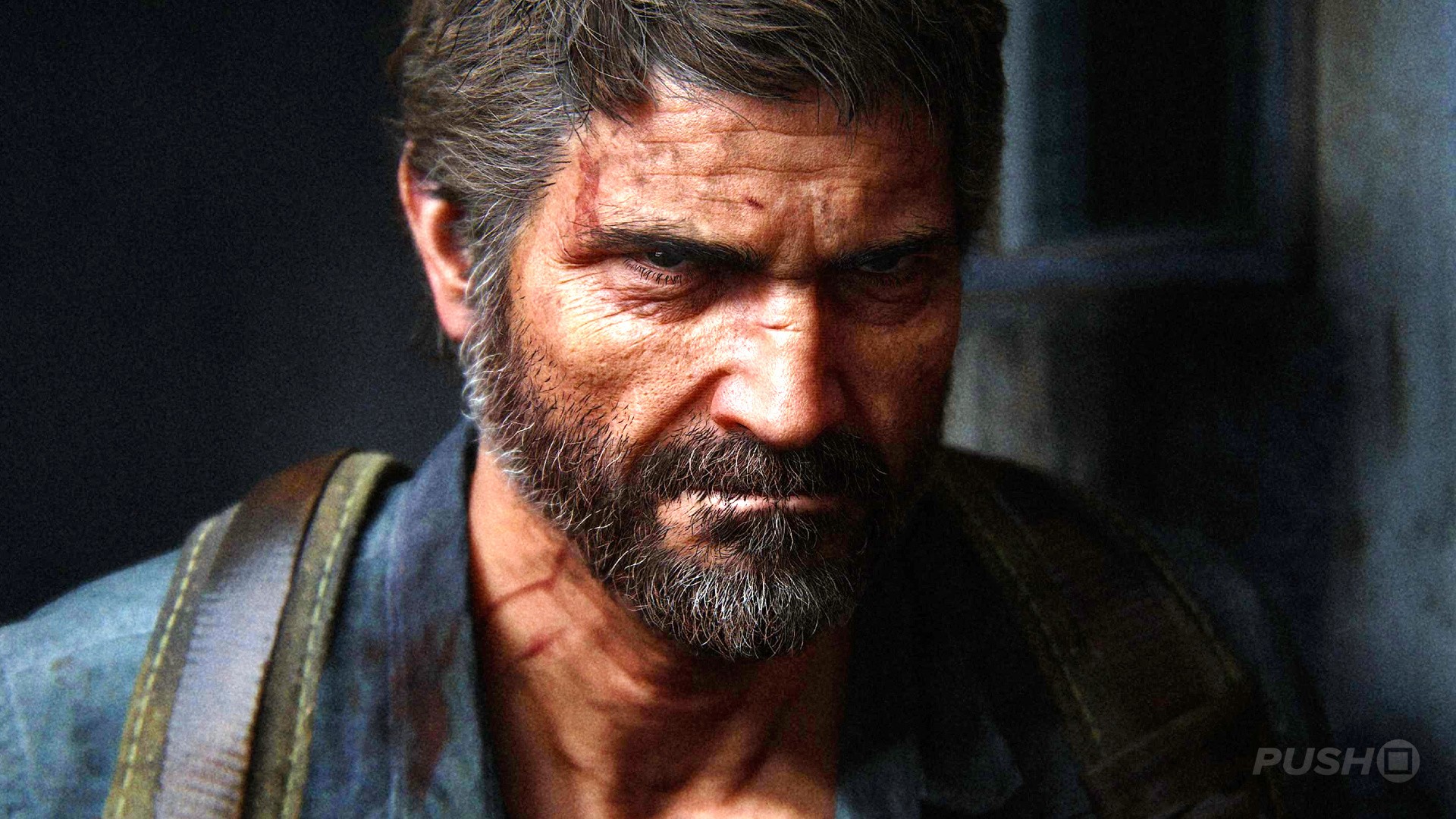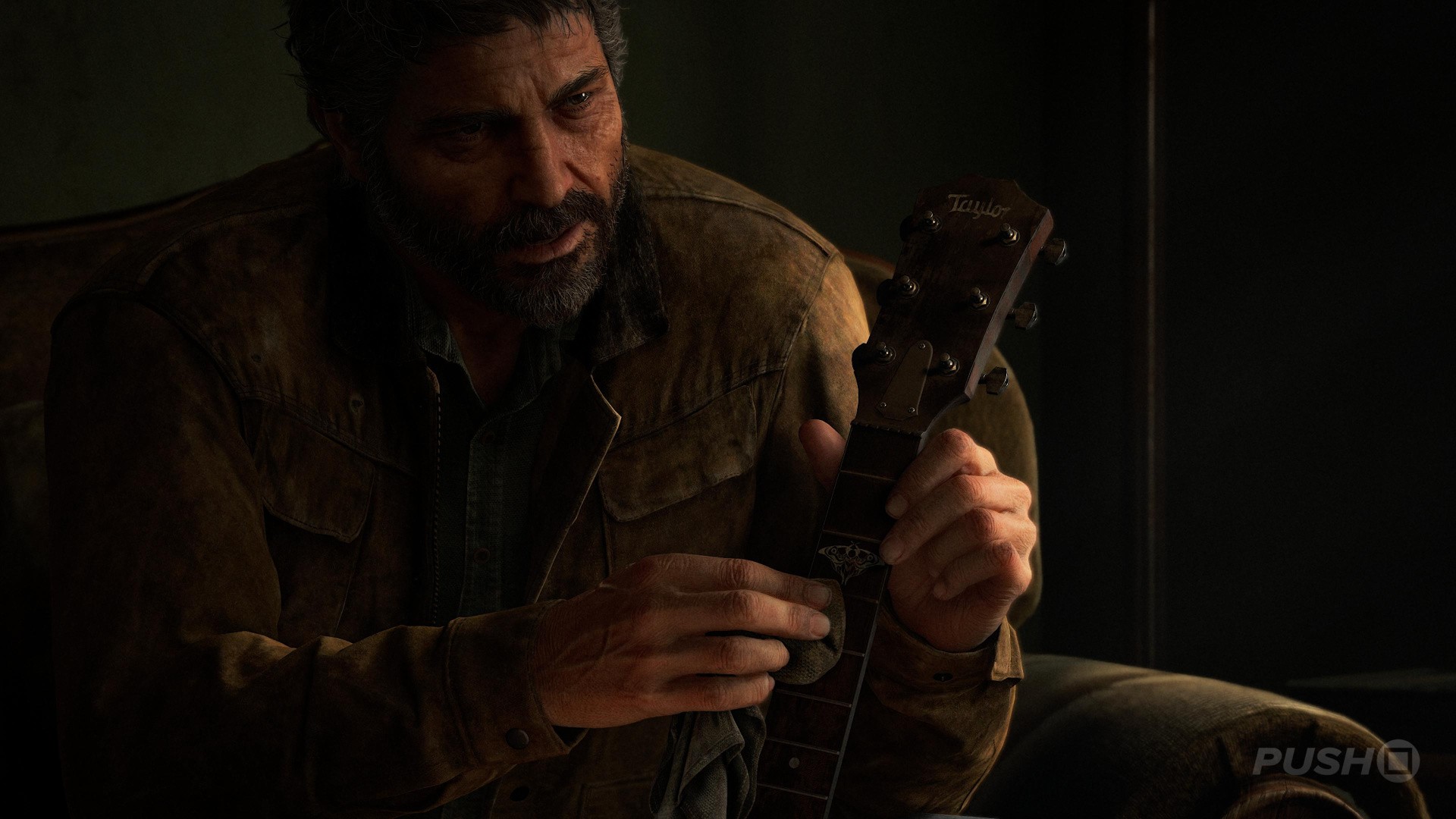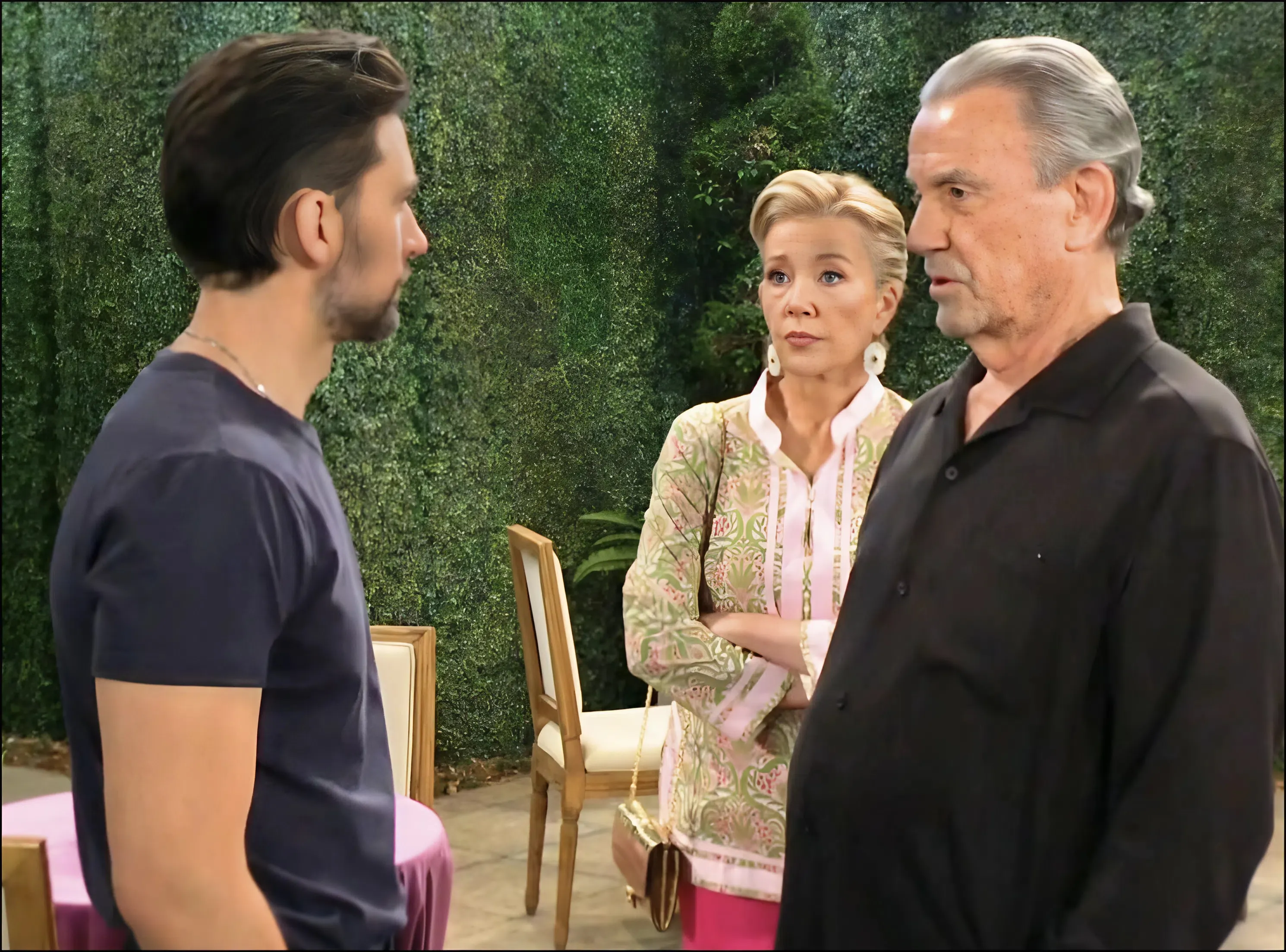
The Last of Us Part II is probably about the furthest you could possibly get from a normal video game in the AAA space, and that's a very good thing. Naughty Dog took story and structural risks that paid off with an outstanding experience in 2020 — but what if it hadn't?
In a rare "what if" scenario, the California developer has released a new Chronological Mode that dramatically alters the sequence of events, reordering them in the order they actually happened for a fresh campaign playthrough. For a game that often broke up action sequences with touching flashbacks and spent 15+ hours telling a stretch of three days from two different perspectives, this option is drastic in its implementation.
Upon starting a new game, you have the choice between the "Original" campaign and a "Chronological" playthrough.
Quite rightly, you're warned on two occasions in red text that Naughty Dog still wants you to experience The Last of Us 2 in its original form. The new mode is designed for anyone looking to play through the game again, and is by no means a replacement for the original structure. The game is at its best when it's testing you, forcing you to control a character you may detest at first and seeing the world from their perspective.
The reason that the Chronological Mode should never be your first experience of The Last of Us 2 is because it robs the experience of those emotions. Now told in sequence, the campaign opens with three of Abby's flashbacks back to back, immediately introducing you to her as kind and caring, rather than the monster Naughy Dog initially wants you to think she is.
From there, you transition into the game's original opening, with Joel telling Tommy of the events of the first game's conclusion on the outskirts of Jackson. After riding into town, the next hour of the Chronological Mode is made up entirely of the flashbacks that so effectively broke up the original campaign.
We play through Ellie and Joel's surprise birthday trip to the dinosaur and space museum, then we suddenly cut to Abby and Owen's flashback on the Ferris wheel and inside the aquarium. The Chronological Mode then cuts back to Ellie when she's out clearing infected with Tommy and in a mood with Joel.
These cuts are jarring, with erratic changes in perspective that demand you have knowledge of the overall story in order to understand them in the moment. You're also made to wait longer for Joel's death scene compared to the original structure, which is one of the most pivotal moments in the game and is the driving force behind the entire narrative.
This is why the Chronological Mode is such a bad way to experience the title the first time around; it removes so much of the weight in Abby's decision to hunt down Joel and get her revenge. The new introductory sequences have allowed you to warm up to Abby and humanise her as a character, whereas the original structure made this a slow, satisfying realisation much later on.
But that's the point: this isn't supposed to be your first playthrough of The Last of Us 2.

From the perspective of someone who knows the story inside and out, Chronological Mode is fascinating. While all the sequences remain the same, you can inject a degree of unpredictability into a playthrough with this new option.
The way the new option switches back and forth between Ellie and Abby, chronicling the time they spend in Seattle, is a gripping contrast when the scenes are played in sequence. As Ellie goes about searching for Abby, she's completely oblivious to her efforts and is off doing her own thing. Some of the transitions are a little jarring — you can go from an intense scene involving Ellie to a casual one with Abby in seconds — but the story was never designed to be played this way. Had Naughty Dog told its tale chronologically from the beginning, the original release wouldn't be what we have in Chronological Mode. There would be far more context needed and more cutscenes in between what was shipped in 2020.
As we alluded, it doesn't always work. For example, the critical scene where Abby finds her way to the theatre is told first from Ellie's perspective, and includes the cut to black where the original structure then switches back to Day 1 from Abby's view. However, in the Chronological Mode, you get the cut to black, but then the game continues with Abby back outside the theatre, and you have to sneak back in to return to that same cutscene to progress it.
For anyone looking to return to The Last of Us 2, though, this is still comfortably far and away the best setting for your second playthrough. It's the same outstanding title you remember, but rearranged in an interesting and surprising manner.
It's also even more evidence that Naughty Dog got the sequel's structure correct all along. As we said, this Chronological Mode wouldn't have been how the game shipped if the developer told its story in sequence — there would have had to have been more. However, out of order and with the requirement to spend time with a character you hated in the beginning, The Last of Us 2 elevated its storytelling prowess.
The same plot told in order simply can't capture the same kind of emotional weight. Still, it's the perfect "what if?" mode that returning fans will get a kick out of. If you ever feel the need to return to The Last of Us 2, it's the Chronological Mode that'll make the homecoming the most interesting.
-1752904861-q80.webp)
-1750249646-q80.webp)
-1753268737-q80.webp)
